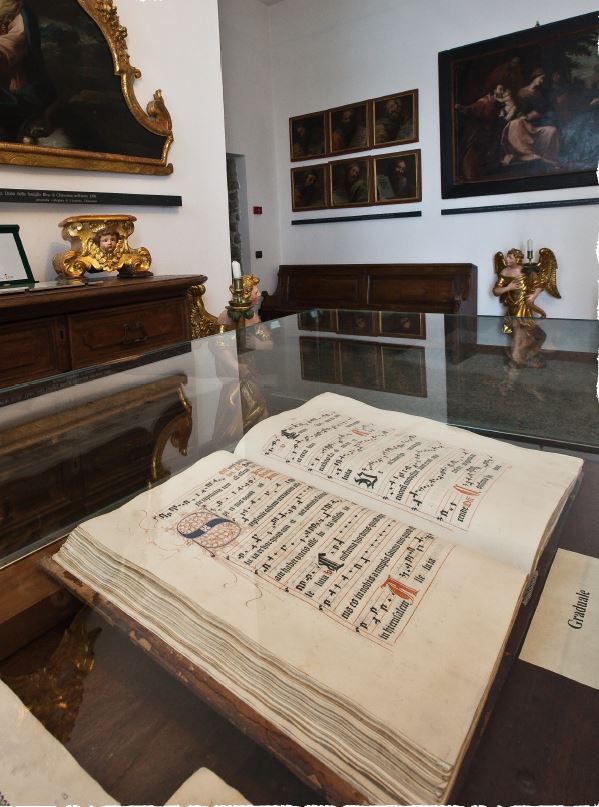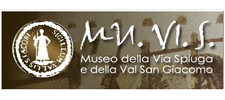The museum within the Collegiate Church of San Lorenzo is home to ancient volumes tracing the birth of music as we know it today.
The history of music clearly has ancient roots. Up until the year 1000 melodies and songs were handed down orally from generation to generation. The phenomena of written musical composition began to arise during the Middle Ages when the arrangements became longer and more complex.
In the last room of the Museo del Tesoro you’ll find a priceless codice musicale, comprising 97 parchments dating back to the first half of the 11th century, also known as the Roman Antiphonary. This particular exhibit within the Treasure Museum is among the very first manuscripts with graphic signs above the words, dating back to the 10th and 11th centuries. Symbols that have made it possible to reconstruct the melodies of Gregorian chant.
It was an Italian monk, Guido d’Arezzo, in the year 1000 who first adopted the written form of notes very similar to that of today. Guido gave a name to the notes on the diatonic scale that Pythagoras had defined in 500 B.C. based on the length of the strings. He used the early parts of the hymn of San Giovanni (see below). Starting from the 17th century, Ut became Do by Gian Battista Doni from the first letters of his surname. Initially there were only 6 notes: UT, RE, MI, FA, SOL, LA. The SI was added later.
Of the vast number of original historical documents stored in Chiavenna’s Treasure Museum, there are those which describe how music, musical scores, chords and notes had life breathed into them and were then diffused. They originate from the Convent of the Capuchin Friars, ever-present in Chiavenna until 1815 when in the Napoleonic era all ecclesiastical matters were appropriated.
Among the most highly-prized exhibits is the Graduale from 1674. The term hails from the Latin “gradus”, or step, as originally the choristers would sing whilst remaining on the steps of the church ambo.
Of further historical interest is the incunabulum from the end of the 15th century with its hand-painted “capilettera” or initial lettering. It’s one of the very first examples after Johannes Gutenberg ‘s invention of printing in 1450. All texts produced during this period up until 1500 are known as incunaboli, derived from cuna, or cradle. Typography at its very inception.



















